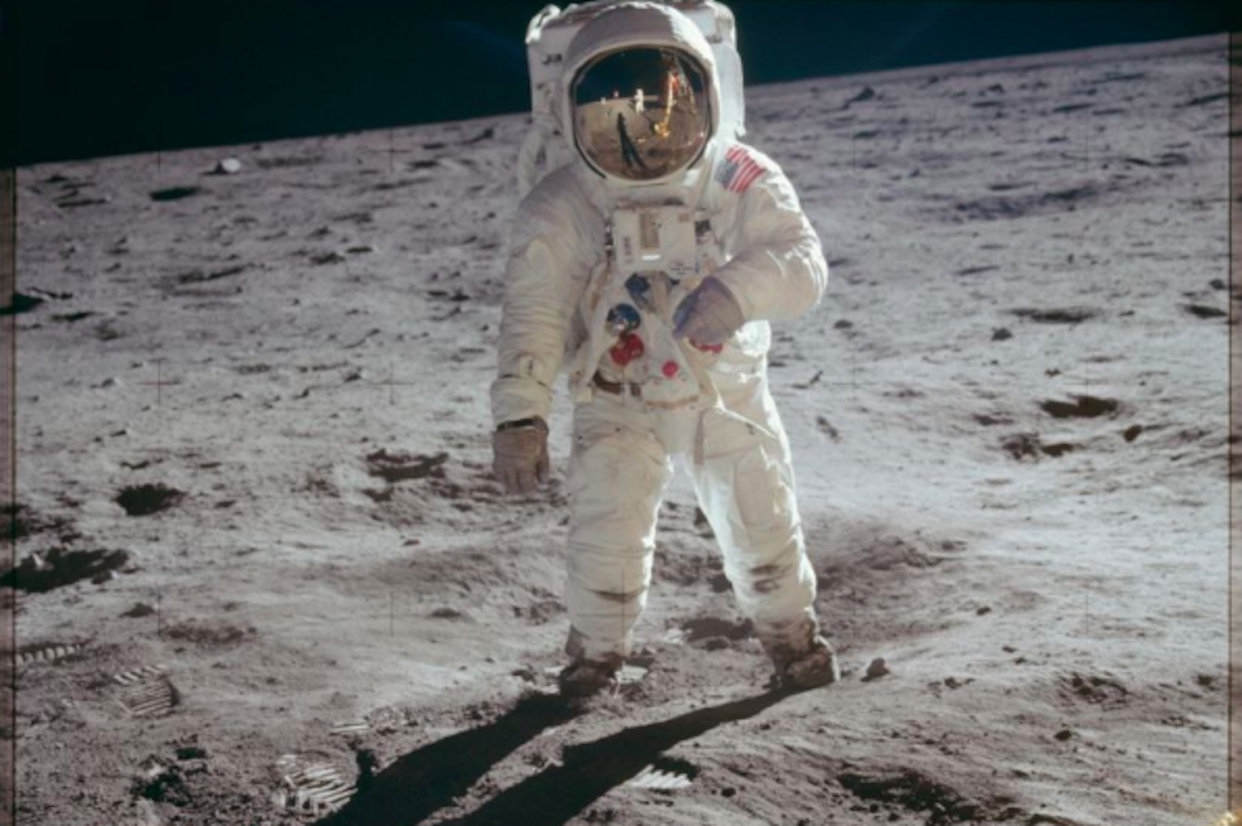NASA partners with 9 companies to help it explore the moon

NASA announced on Thursday a change in the way the U.S. manages exploration of the moon with contracts awarded to nine commercial partners intended to speed scientific discovery.
“We’re doing something that has never been done before,” NASA Administrator Jim Bridenstine said. “We want to be one customer of many customers in a robust marketplace between the Earth and the moon.”
Bridenstine described the new companies as partners. “In other words, we’re going to buy the service. We’re not going to own and operate the hardware,” Bridenstine said. “Think of it like venture capital.”
The Commercial Lunar Payload Services Program is driven by NASA’s Science Mission Directorate and aims to boost the number of experiments performed on the Earth’s closest celestial neighbor.
Thomas Zurbuchen, associate administrator for NASA’s Science Mission Directorate, said the strategy is designed to reduce cost and drive innovative methods to probe the moon’s resources.
“On the moon there is water. On the moon there are resources, precious resources, and we want to learn how to use these resources,” Zurbuchen said. “We want to go back with humans and actually use those resources perhaps to bring back to earth, or to fuel, to breathe, to drink.”
“Now we believe there’s hundreds of billions of tons of water ice on the surface of the moon,” Bridenstine said. “We are going to utilize the resources of the moon, which has never been American policy before.”
Companies awarded contracts include:
NASA said it applied a broad range of criteria in selecting the companies awarded contracts, with more critical focus on likelihood that the company would be able to deliver the services.
“We’re still on a Mars high,” Zurbuchen joked. “The moon is full of secrets that we don’t know yet.”
“There are parts of the Moon that it’s so quiet there that we can see all the way back to the dawn of the universe in a way that we can’t do anywhere else, not even on satellites.”
In a May statement, NASA said missions to the moon would begin in 2022.
Alexis Keenan is a New York-based reporter for Yahoo Finance. She previously produced live news for CNN and MSNBC and is a former litigation attorney. Follow her on Twitter at @alexiskweed
Follow Yahoo Finance on Twitter, Facebook, Instagram, Flipboard, LinkedIn, and reddit.
Read more:
Weed is legal in 3 more states — here’s what to expect from the new laws
Why Philadelphia halted plans to unleash e-scooters across the city
Here’s how eBay alleges Amazon illegally lured its ‘high-value’ sellers
Winning the Mega Millions is sweeter in some states than others

